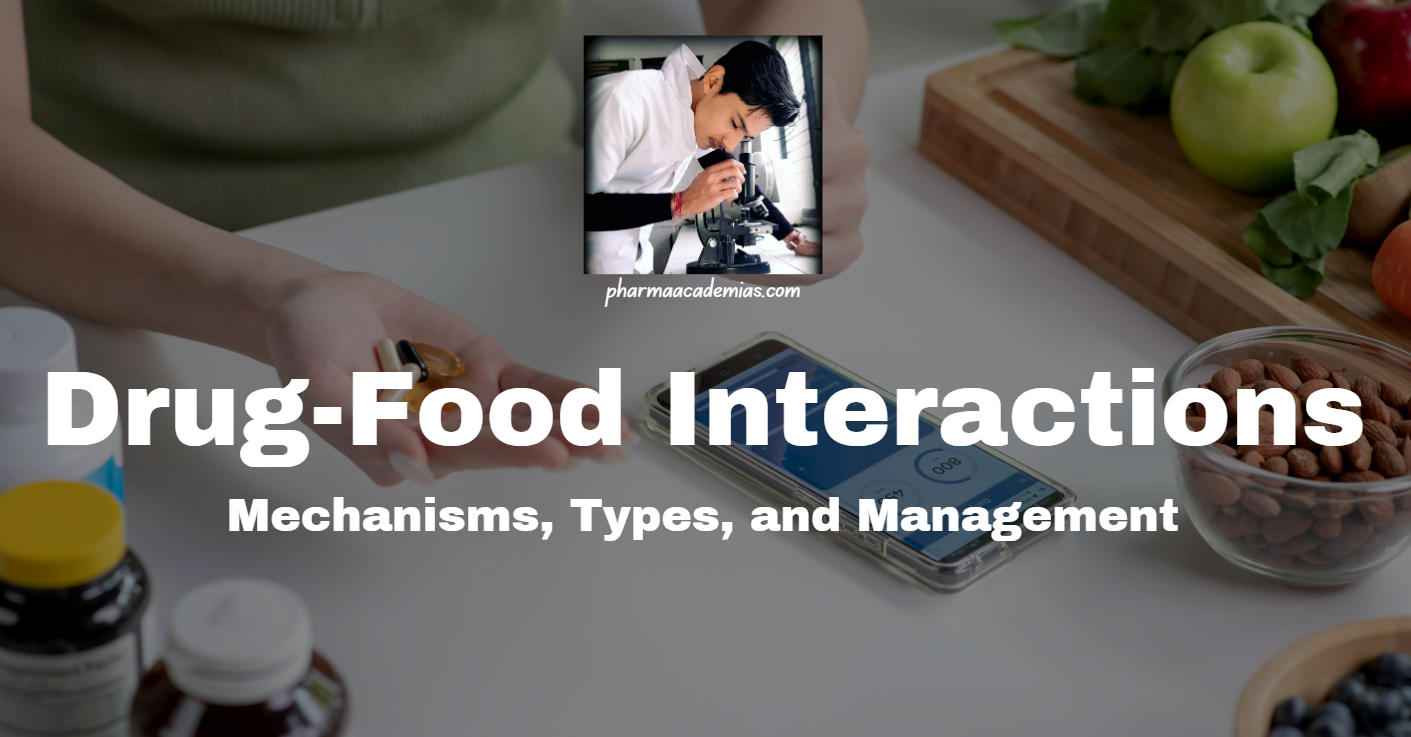Drug-food interactions refer to the effects that food and beverages can have on the absorption, distribution, metabolism, or excretion of medications. Understanding these interactions is crucial for ensuring the safety and effectiveness of drug therapy. Factors such as nutrient content, timing of food consumption, and individual variations can influence the impact of food on drug absorption and metabolism.
Mechanisms of Drug-Food Interactions
1. Absorption Alteration:
– Chelation: Certain foods may form complexes with minerals in medications, reducing their absorption. Examples include tetracycline antibiotics binding with calcium-containing foods.
– Competition for Absorption Sites: Some drugs may compete with nutrients for absorption sites in the gastrointestinal tract, affecting the bioavailability of both the drug and the nutrient.
2. Metabolism Modulation:
– Cytochrome P450 Enzyme Interactions: Foods can inhibit or induce cytochrome P450 enzymes, affecting drug metabolism. Grapefruit juice, for example, inhibits the CYP3A4 enzyme, altering the metabolism of several medications.
– Nutrient-Drug Interactions: Nutrients can influence drug metabolism. St. John’s Wort induces drug-metabolizing enzymes, potentially reducing the effectiveness of certain medications.
3. Transporter Interference:
– P-Glycoprotein Inhibition: Some foods may inhibit P-glycoprotein, a drug efflux transporter, influencing the absorption and distribution of drugs.
– Transporter-Mediated Uptake: Nutrients may affect drug transporters, altering the intracellular concentrations of drugs.
Types of Drug-Food Interactions
1. Food-Induced Changes in Drug Absorption:
– Enhanced Absorption: Some drugs benefit from food intake, which can enhance their absorption. For example, fatty foods can improve the absorption of certain lipid-soluble drugs.
2. Food-Drug Interactions Affecting Drug Effectiveness:
– Altered Drug Metabolism: Foods influencing drug metabolism can lead to altered drug effectiveness. Grapefruit juice, for instance, can increase the bioavailability of certain drugs, leading to heightened effects.
3. Food Interactions with Specific Drug Classes:
– Anticoagulants: Vitamin K-rich foods can interfere with anticoagulant medications.
– Thyroid Medications: Certain foods and supplements containing high levels of iodine or fiber can affect the absorption of thyroid medications.
4. Timing of Food Consumption:
– Before, With, or After Meals: Some drugs require specific timing concerning meals for optimal absorption or to minimize gastrointestinal side effects.
Management and Prevention
1. Patient Education:
– Promoting Awareness: Patients should be educated about potential drug-food interactions, emphasizing the importance of disclosing dietary habits to healthcare providers.
2. Individualized Recommendations:
– Tailoring Advice: Healthcare providers should provide individualized guidance on drug administration concerning meals based on the drug’s characteristics and the patient’s needs.
3. Medication Adjustment:
– Dose Adjustment: In certain cases, healthcare providers may adjust medication doses based on individual patient responses or dietary habits.
4. Monitoring and Evaluation:
– Regular Monitoring: Monitoring patients for signs of therapeutic failure or adverse effects helps identify potential drug-food interactions.
5. Pharmacist Involvement:
– Pharmacist Consultation: Pharmacists play a crucial role in advising patients about potential interactions, providing guidance on medication administration, and offering alternatives if necessary.
Drug-food interactions are complex and multifaceted, requiring a comprehensive understanding of drug pharmacokinetics, nutritional science, and individual patient factors. Healthcare professionals play a pivotal role in managing and preventing these interactions through patient education, individualized recommendations, and vigilant monitoring, ensuring the safe and effective use of medications in the context of dietary habits.

